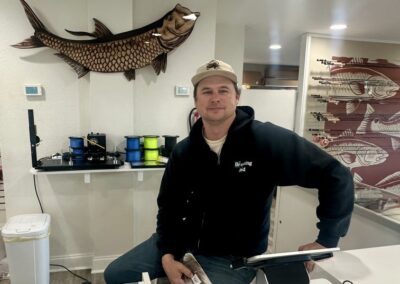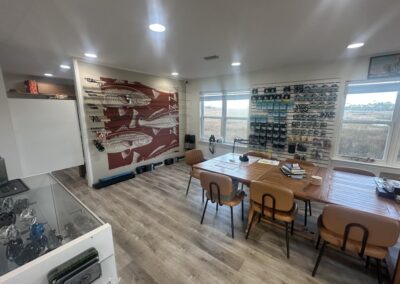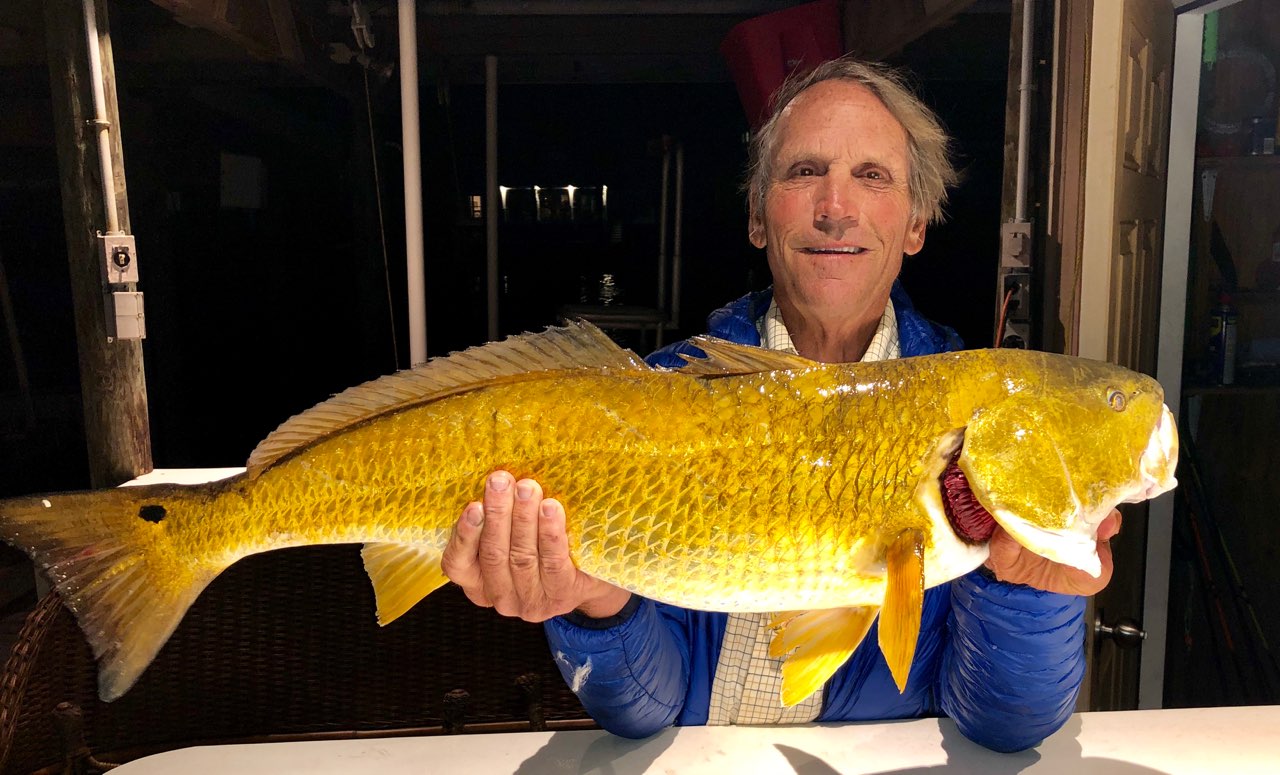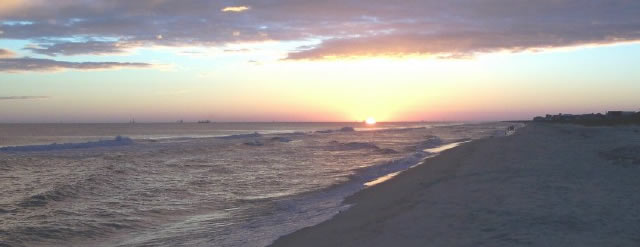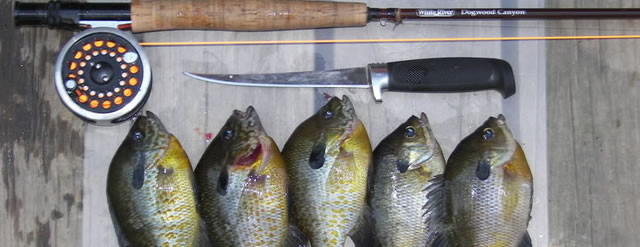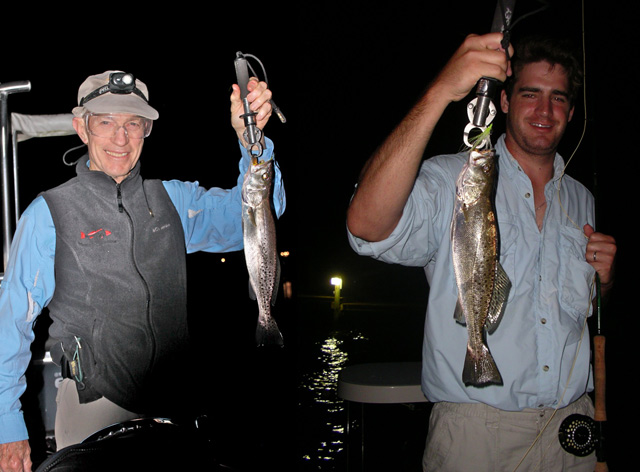Warm weather fishing is just around the corner so what can you expect?
Let’s look at the fresh water first. Probably one of the most exciting fish to catch on a fly is a large mouth bass. Nothing compares with their explosive hit and the run. When the bass are spawning is the best time to target them with top water flies. In our part of the world, the spawn starts in February anywhere from the middle to the end of the month. While it is still a bit chilly in the early morning and evening ,hit them when the sun warms the water a bit. Later on in the spring you want to start fishing the bass a little earlier and later in the day. If you study the water in the early morning and right before dark, you can see ripples from the bass feeding on surface insects. That is a good sign that the bass are ready to eat your fly.
Some tackle specifics… A 6 wt. or 7 wt. is a good way to start. Fitted with a floating line and a stout leader to turn over a big fly and you are ready. I like to use a tapered leader down to at least 10 lb. or maybe 12 lb. tippet. You need something stout to pull him out of structure. A 7-1/2 ft. leader is fine. Anything longer is hard to use with big bushy flies. If you like making your own leaders, using the following formula, it works well:
Butt tip 54″ 40lb,
9″ 30lb,
9″ 20lb.,
18″ 12lb.
That will give you a tapered 7-1/2 ft. leader.
Flies need to get the fish’s attention, so go with big and gaudy. Poppers that move a lot of water work great and any type of fly like divers, gigglers and deceivers also deliver. Remember that bass like structure so seek out fallen trees, stumps, and little coves with overhanging branches. If you get a hit but no hook-up on your cast, throw it back in there. Often times the fish is still around!
Bream are also plentiful in south Alabama and will readily take a top water fly. Pound for pound, or better ‘ounce for ounce’ there is not a better fighter. Those trout flies that have been wasting away in your tackle bag are the right combo with a 4 wt. mid-flex rod. Watching that bull bream slam a parachute on top gets you pumping. Bream live in every farm pond, lake, and ditch so you always have plenty of water to target.
The bass and bream will provide entertainment throughout the spring and summer all the way through the fall until it gets really cold again. And if you are a “sacker” then bream and bass are good eating. We are lucky to have these species that are so available and willing to provide us fly fishing fun in Alabama, take advantage of the opportunity.



